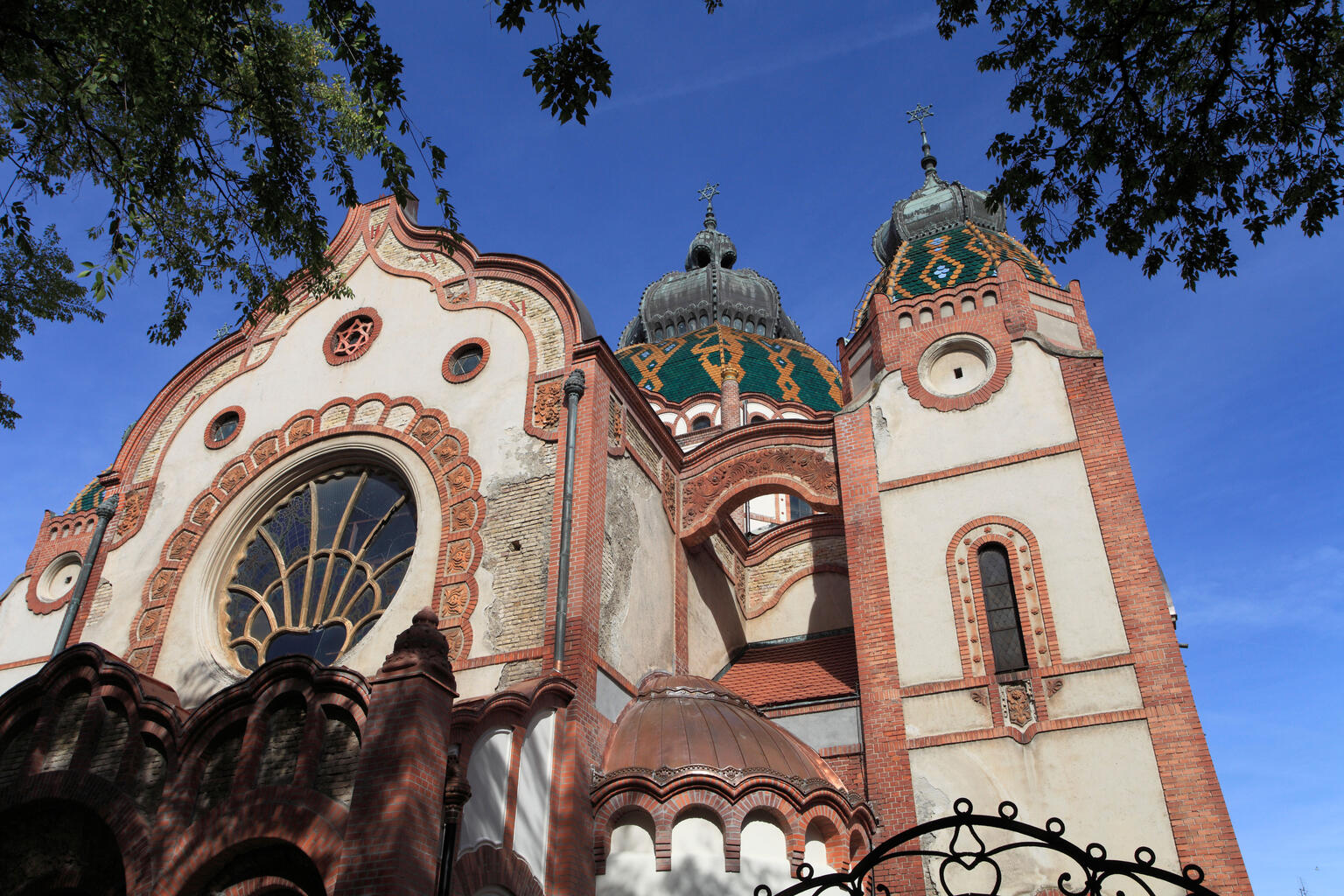Synagogue (Subotica)
Marcell Komor
Dezső Jakab
1901–1902
The synagogue in Subotica (today in Serbia) is the second-largest synagogue in Europe and a rare existing example of an art-nouveau synagogue. Its interior features elaborately glazed ceramics and art-nouveau paintings. According to the official history of the synagogue, Marcell Komor and Dezső Jakab’s design was first submitted to a committee charged with commissioning the design for a new synagogue in Szeged (today in Hungary), but it was rejected as too radical. But their design found favor with the Jewish community in Subotica, and construction on the synagogue began there in 1900.
Credits
Tibor Bognar / Alamy Stock Photo.
Published in: The Posen Library of Jewish Culture and Civilization, vol. 7.
You may also like
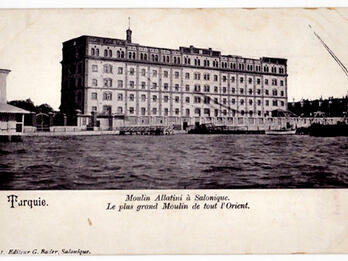
The Largest Mill in the Orient (Postcard)
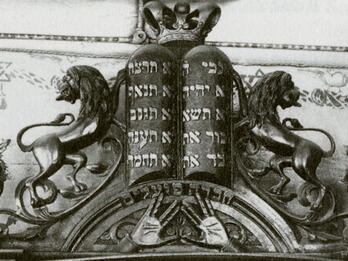
A Fragment of the Altar of a Synagogue in Mariampol
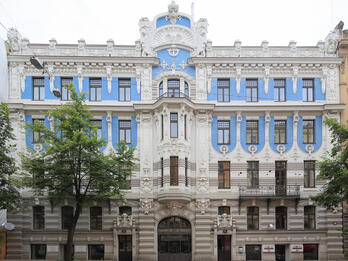
Elizabeth Street 10b, Riga

Temple Beth El (Detroit)
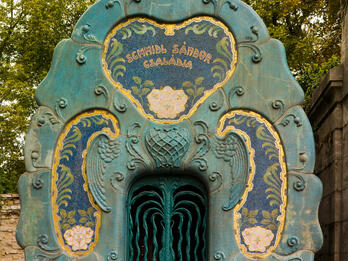
Sandor Schmidl Mausoleum (Budapest)
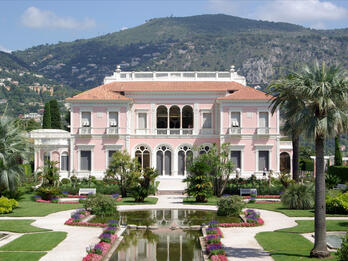
Villa Ephrussi de Rothschild
Creator Bio
Marcell Komor
Born in Pest (Hungary) to parents who Magyarized their children’s last names from Kohn, Marcell Komor graduated from the Budapest Technical University’s faculty of architecture in 1891 and worked in the office of architect Ödön Lechner. In 1897, he partnered with Jakab Dezső, who shared his vision of bringing the Hungarian Secession and Lechner-trained art nouveau beyond Budapest. Together, they designed the synagogue in Subotica (today in Serbia), the Transylvanian Administrative Palace (1906) and the Palace of Culture (1910), whose green-hued interiors fused vernacular folk motifs, curvilinear art nouveau, and Romanian folk art. Komor also edited the trade journal Vállalkozók Lapja, in which he discussed politics, culture, and architecture, often under the pseudonym “Ezrey.” He was murdered by the antisemitic Romanian fascist Arrow Cross movement in 1944.
Creator Bio
Dezső Jakab
Born in Rév (today in Romania) to a Jewish family, Dezső Jakab graduated from the architecture faculty of Budapest Technical University in 1893. In 1897 he partnered with Marcell Komor to create the synagogue in Subotica (Serbia). The pair are also recognized for their Transylvanian Administrative Palace (1906) and Palace of Culture (1910), whose green-hued interiors fused vernacular folk motifs, curvilinear art nouveau, and Romanian folk art. In 1918, Jakab split with Komor, entering a partnership with his son János and son-in-law, Aladár Sós. Their addition to the National Social Security Institute (1913) was completed in 1931.
Places:
You may also like

The Largest Mill in the Orient (Postcard)

A Fragment of the Altar of a Synagogue in Mariampol

Elizabeth Street 10b, Riga

Temple Beth El (Detroit)

Sandor Schmidl Mausoleum (Budapest)



